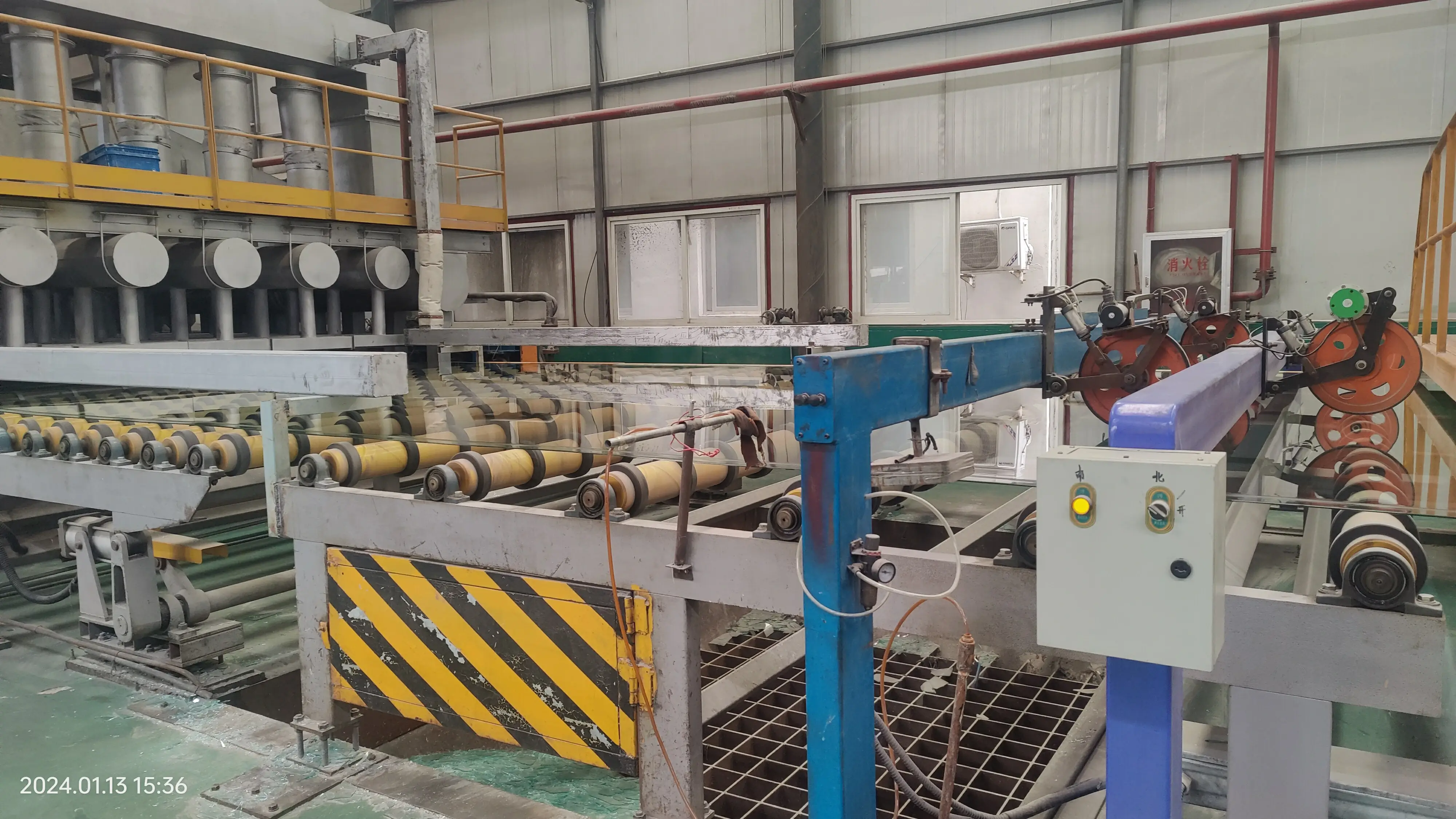

The Allure of Dark Green Reflective Glass A Modern Architectural Marvel
In today's architectural landscape, materials play a crucial role in defining the aesthetics and functionality of buildings. Among the materials gaining popularity is dark green reflective glass, a choice that embodies both elegance and modernity. This unique glass type not only enhances the visual appeal of structures but also offers numerous practical benefits, making it a favored option among architects and designers.
One of the most striking features of dark green reflective glass is its deep, rich hue. The dark green color provides a sense of sophistication and harmony, reminiscent of nature's lush landscapes. This quality allows buildings to blend seamlessly with their surroundings, particularly in urban environments where greenery may be scarce. When incorporated into facades, dark green reflective glass can create a stunning visual effect, catching the eye and inviting admiration from passersby. It reflects the sky, trees, and cityscapes, adding a dynamic element to the architectural narrative.
Also, the reflective properties of this glass type serve a dual purpose. On one hand, they provide an aesthetic advantage by allowing buildings to mirror their environment, creating a sense of unity with nature. On the other hand, reflective glass reduces the need for artificial lighting during the day. By bouncing sunlight into the interior, it enhances natural illumination, which is not only energy-efficient but also creates cheerful and inviting environments for occupants. This energy efficiency dovetails with the growing emphasis on sustainability in modern design, making dark green reflective glass an eco-friendly choice.
Furthermore, dark green reflective glass offers significant thermal benefits. It acts as a barrier against heat, keeping buildings cooler in hot weather and reducing reliance on air conditioning systems. This characteristic is particularly advantageous in regions where temperatures soar, providing comfort for occupants while minimizing energy consumption. In colder climates, it can also help retain heat during chilly months, proving to be an all-season solution. This multifaceted thermal performance contributes positively to a building's overall energy rating, aligning with global sustainability goals.

Another advantage of this type of glass is its durability and low maintenance requirements. Dark green reflective glass is engineered to withstand harsh weather conditions, making it an excellent choice for high-rise buildings and coastal structures. Its surfaces resist dirt, reducing the frequency and cost of cleaning. Additionally, the reflective coating protects against fading from UV exposure, ensuring that the glass retains its vibrant color for years. As maintenance costs are a significant consideration in commercial buildings, this feature adds to the appeal of dark green reflective glass for developers and investors alike.
Furthermore, the application of dark green reflective glass is not limited to commercial buildings. Residential architecture is increasingly embracing this striking material. Homes designed with dark green glass can evoke a sense of tranquility and privacy, creating a haven from the outside world. The reflective surface deters outsiders from peering in, providing an additional layer of seclusion for families. Many modern homeowners appreciate this balance of openness and privacy, making dark green reflective glass a popular choice for chic, contemporary residences.
In terms of design versatility, dark green reflective glass can be adapted to various architectural styles. Whether used in sleek modernist constructions or more traditional frameworks, this glass complements a wide range of aesthetics. Arching windows, expansive glass walls, and artistic facades can all benefit from the visual and functional characteristics of dark green reflective glass, pushing the boundaries of creativity in architectural design.
In conclusion, dark green reflective glass represents a significant advancement in building materials, combining aesthetic beauty, environmental benefits, and practical functionality. Its rich hue and reflective qualities make it a versatile choice for architects aiming to create stunning structures that resonate with their surroundings. As sustainability continues to shape the future of architecture, dark green reflective glass stands out not only for its beauty but also for its ability to enhance the quality of life for occupants while minimizing environmental impact. This modern marvel is undoubtedly set to define the architectural landscape for years to come.